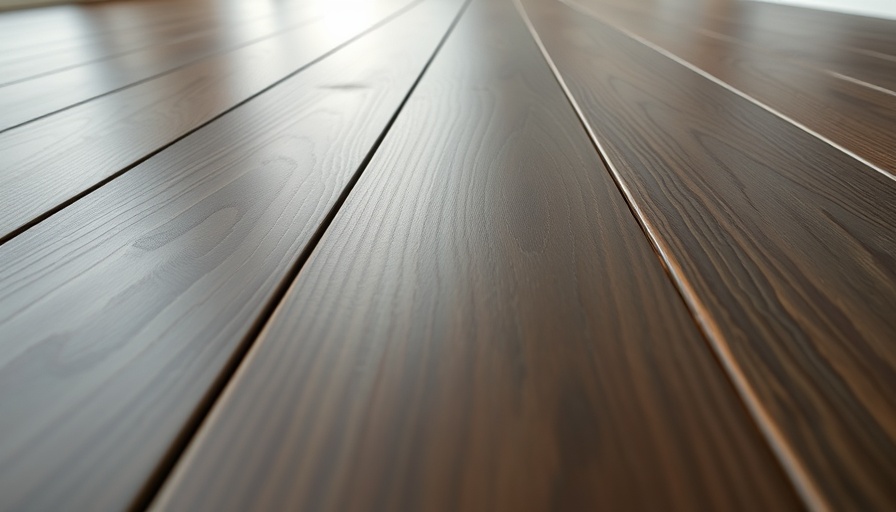
Understanding Tongue and Groove Flooring: A Homeowner's Guide
If you're considering a stylish upgrade to your flooring without breaking the bank, tongue and groove flooring might just be your best option. This cost-effective alternative mimics the look of hardwood while offering easy installation and maintenance.
What is Tongue and Groove Flooring?
Tongue and groove flooring is not just a fancy term; it refers to a specific method of flooring assembly. In this setup, each plank features a "tongue" that fits snugly into the "groove" of the adjacent plank. This interlocking design creates a seamless appearance while ensuring stability and durability. Unlike traditional nail-down methods, the tongue and groove technique allows for a floating floor installation.
Various Types of Tongue and Groove Flooring
There are several options to choose from when it comes to tongue and groove flooring, primarily categorized into three types:
- Wood Flooring: Solid wood planks offer a traditional aesthetic and can be sanded and refinished multiple times.
- Engineered Wood Flooring: Composed of multiple layers of wood laminated together, this type is excellent for areas with fluctuating humidity.
- Laminate Flooring: A budget-friendly alternative that replicates the look of wood, often with enhanced durability.
Cost Considerations and Installation Tips
The cost of tongue and groove flooring varies based on factors such as material choice, size, and installation method. However, it remains a more affordable option compared to traditional hardwood floors.
Before you start, keep these tips in mind:
- **Quality Underlayment is Key:** Installing a good-quality underlayment with a vapor barrier will enhance the life span of your flooring and improve insulation.
- **DIY vs. Hiring a Professional:** Although tongue and groove flooring is easy enough for DIY enthusiasts, hiring a professional can ensure precision and save time.
- **Preparation:** Make sure your subfloor is clean, dry, and level to prevent issues during installation.
Why Preparation Matters
As with any home improvement project, preparation is crucial. Taking the time to properly acclimate your flooring planks to the room temperature and humidity can significantly reduce the risk of warping or other issues post-installation. It's a simple step that can ensure a long-lasting floor that you'll love.
Future Predictions: Sustainable Options in Flooring
As sustainability becomes increasingly important in home design, look for tongue and groove options made from recycled materials or sustainably sourced wood. This way, you can enjoy beautiful floors while making environmentally conscious choices.
Common Misconceptions About Tongue and Groove Flooring
There are some myths surrounding tongue and groove flooring that can mislead homeowners. For instance, many believe that it is less durable than glued-down flooring. However, with proper care and installation, it can withstand significant wear and tear. Understanding these misconceptions can help you make a more informed purchasing decision.
Final Thoughts: Making the Right Choice for Your Home
Upgrading your flooring doesn’t have to be a daunting task. With tongue and groove flooring, you save money without compromising on style or quality. By understanding the various options and taking preparation seriously, you set yourself up for a successful installation. But remember, if you’re unsure, consulting with a flooring expert can provide invaluable guidance and ensure you make the best choice for your home.
Ready to give your home a fresh look? Consider tongue and groove flooring and embark on your home makeover journey today!
 Add Row
Add Row  Add
Add 




Write A Comment